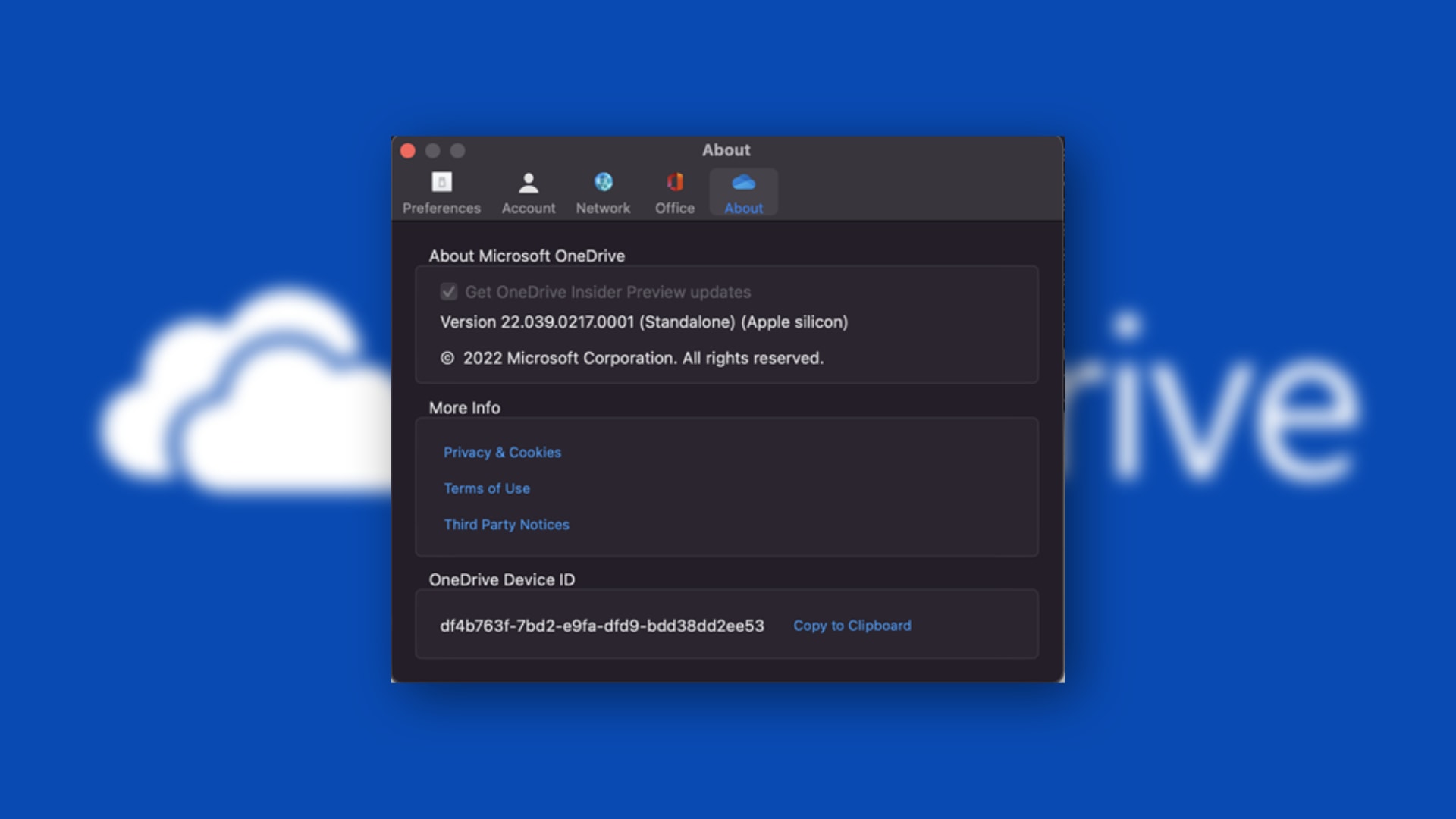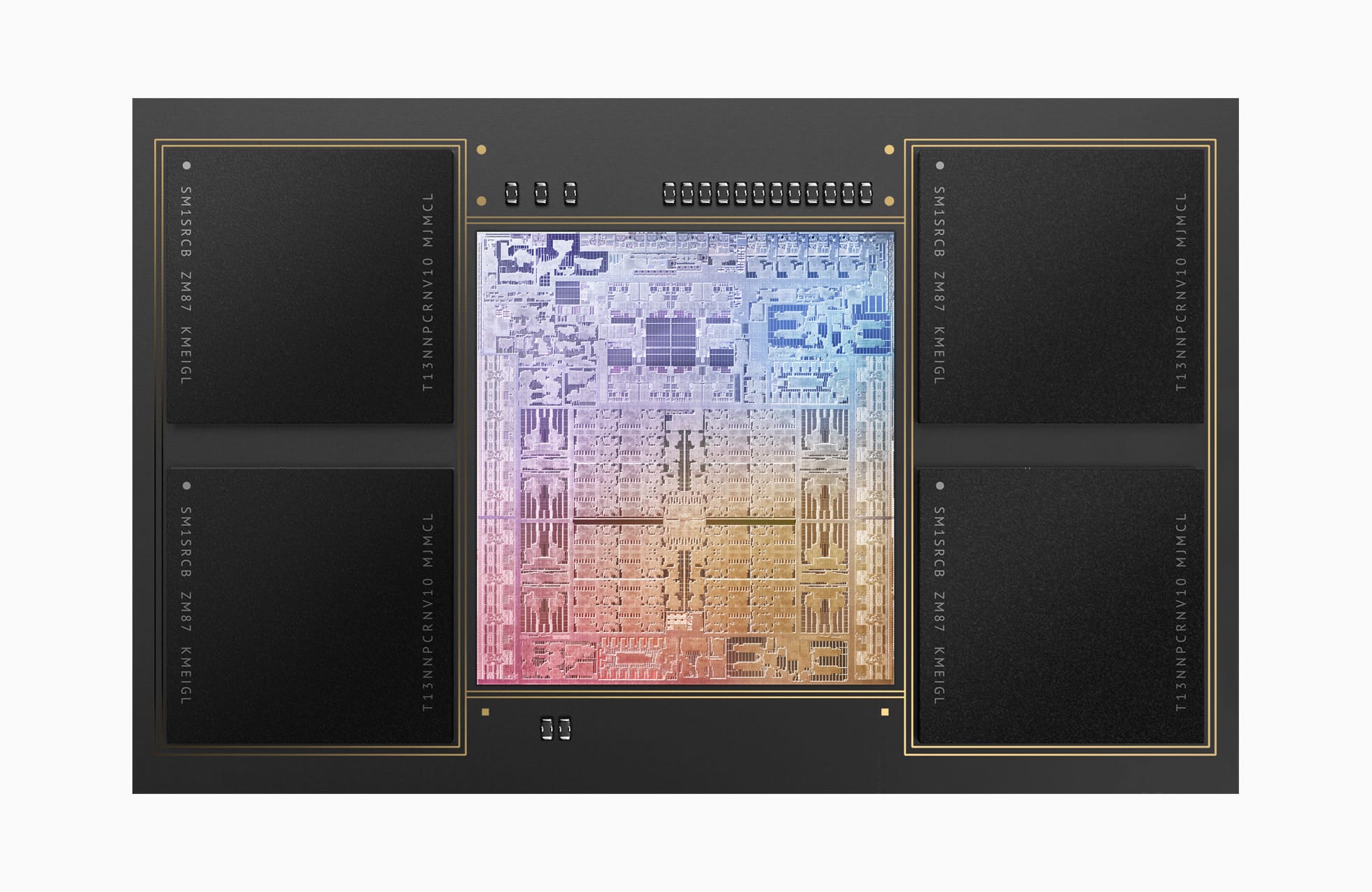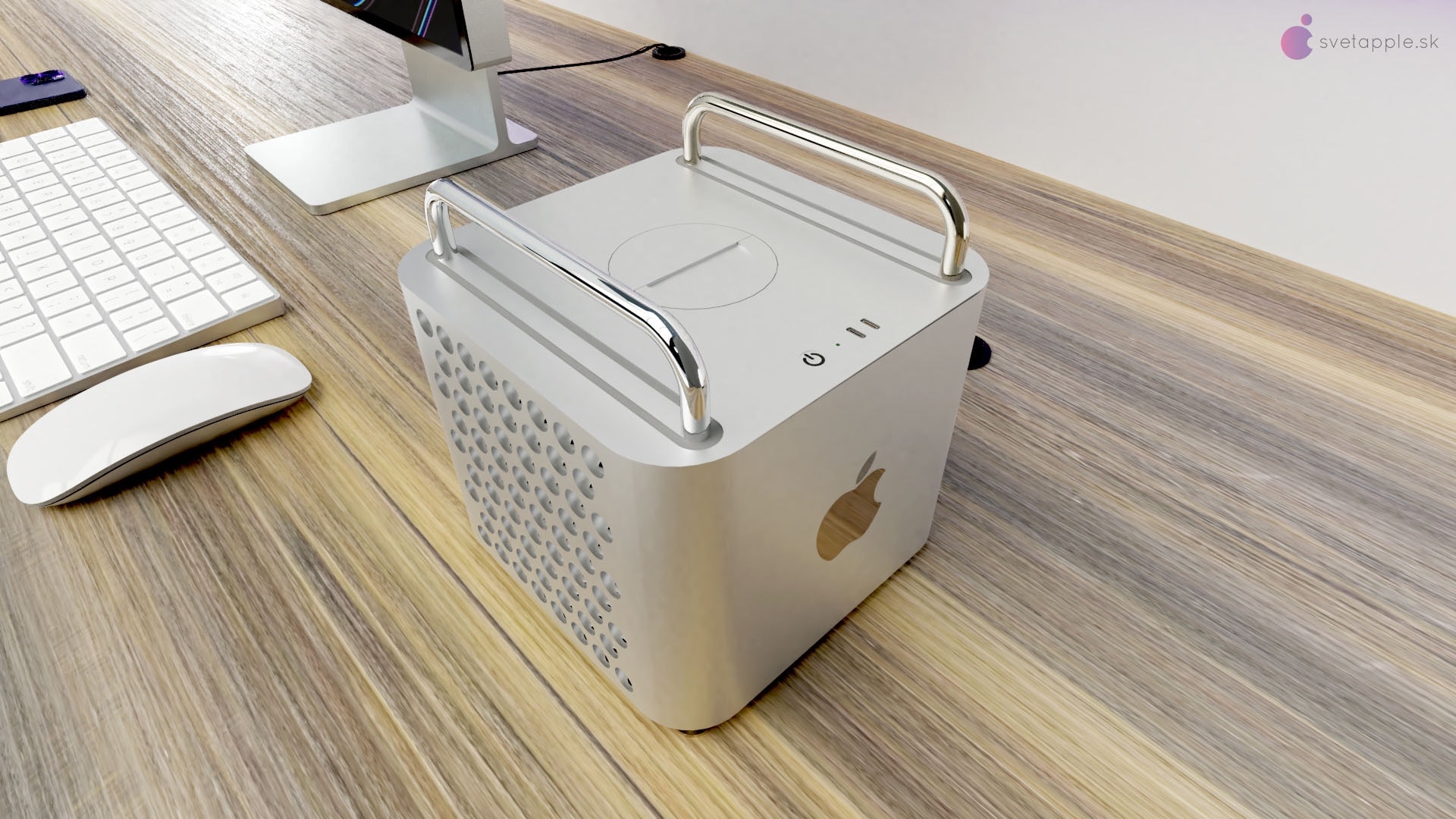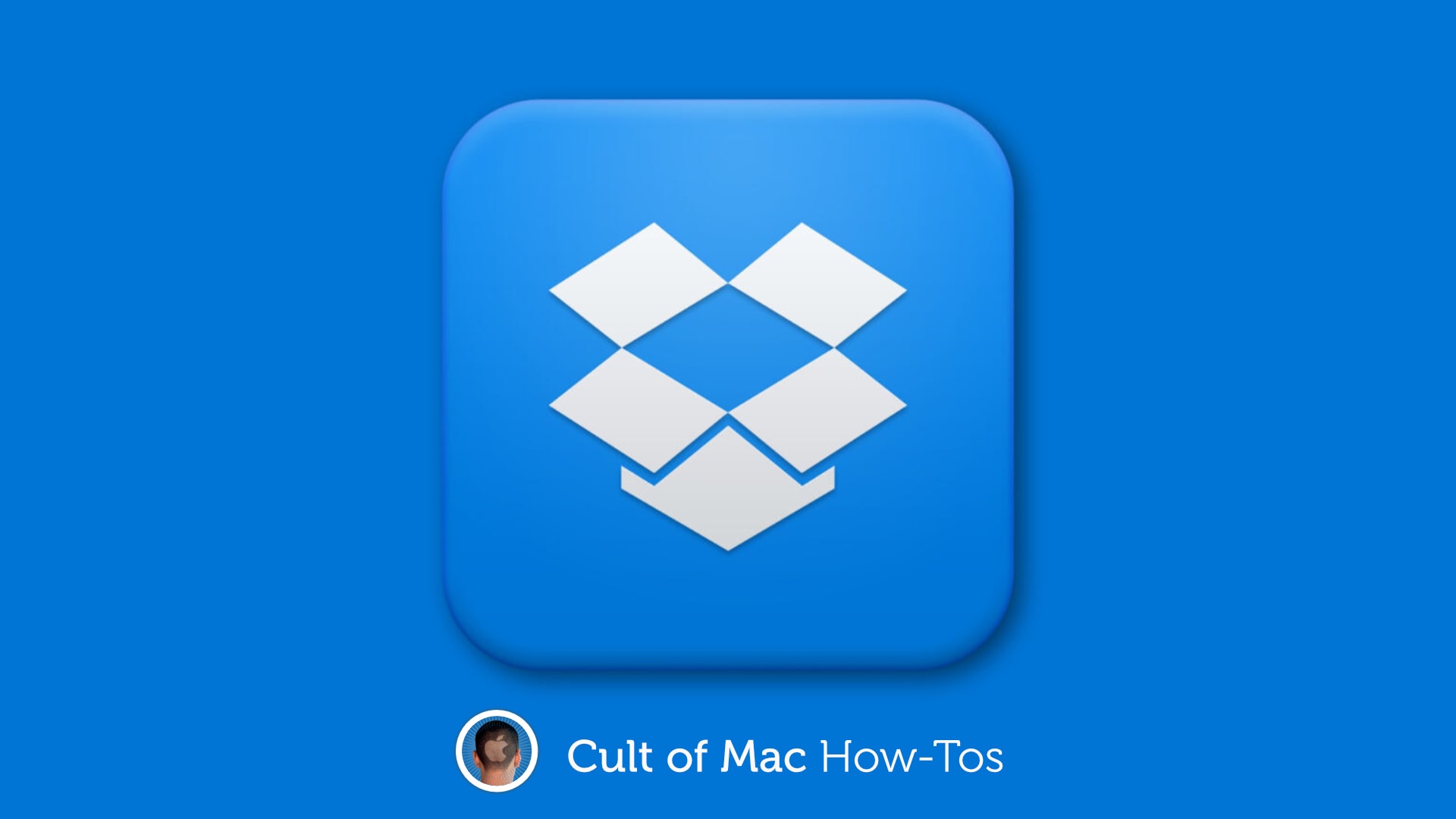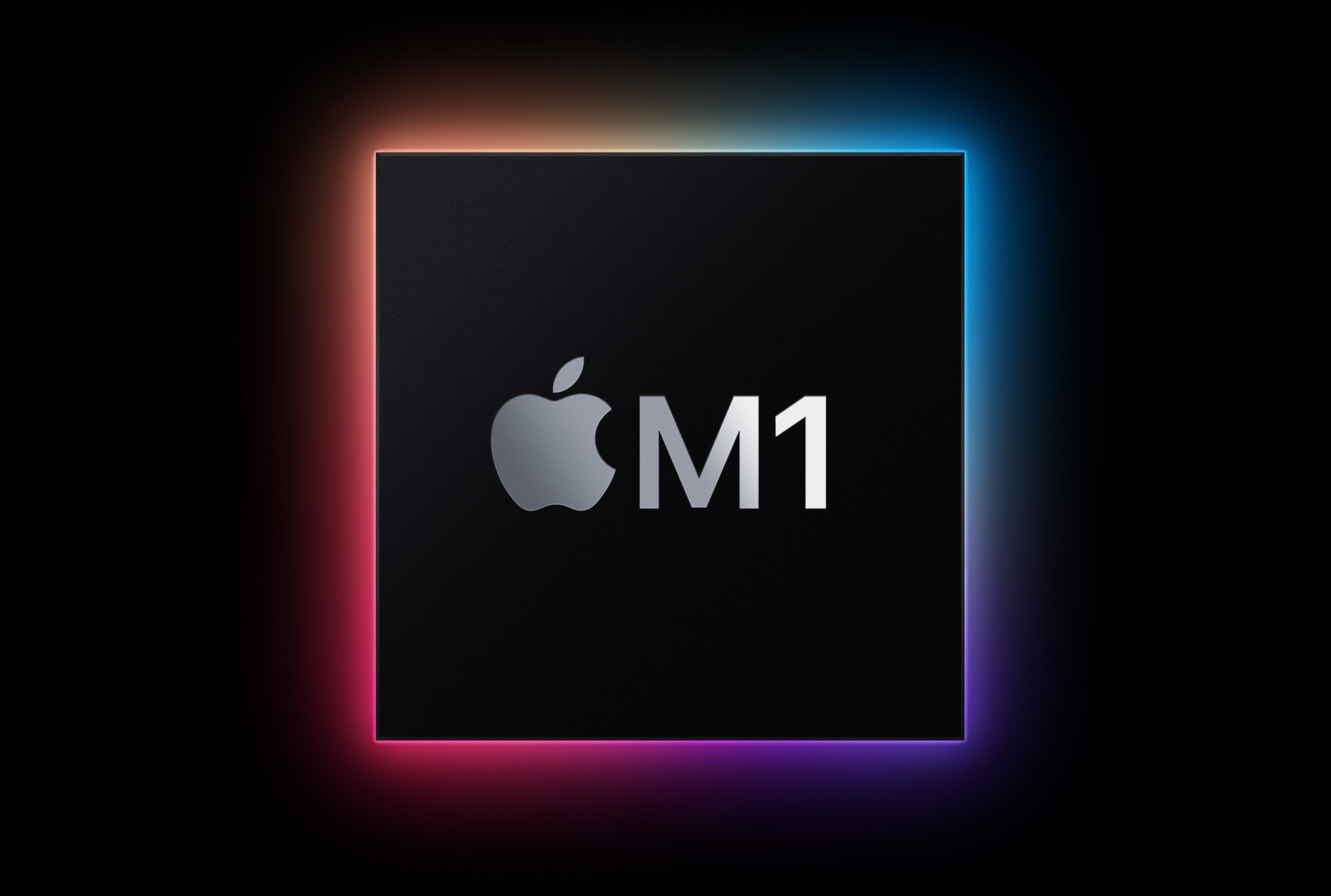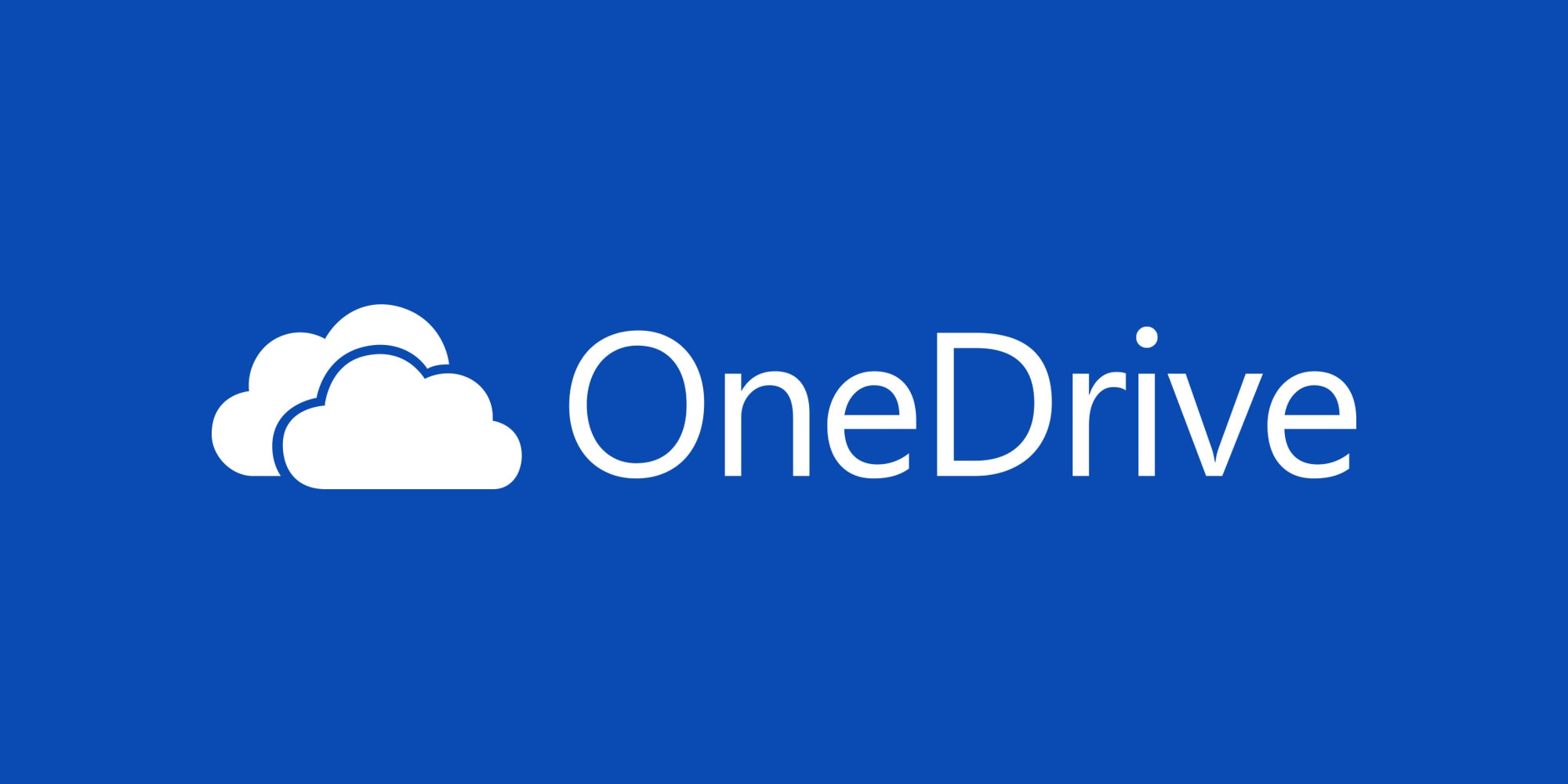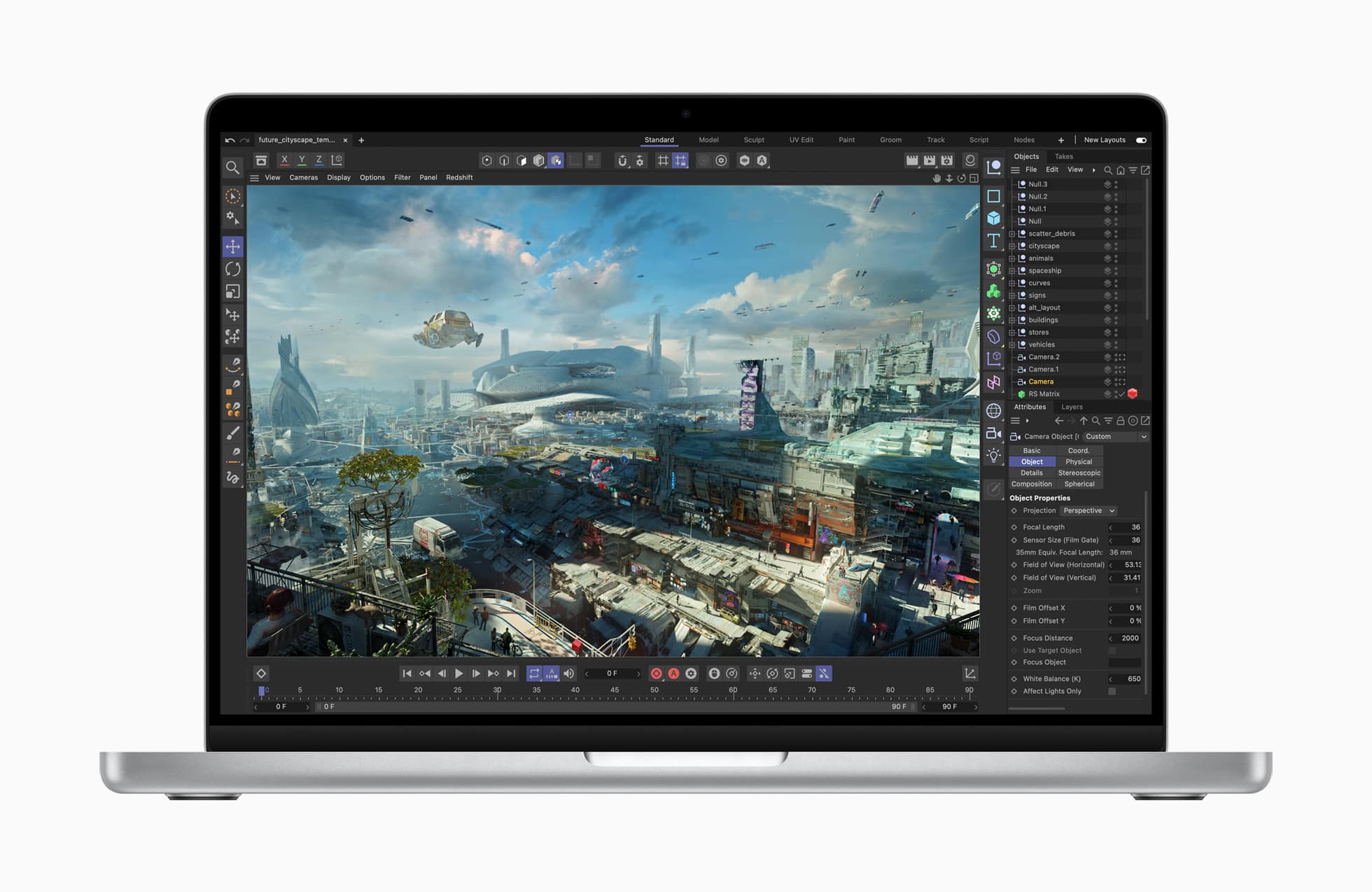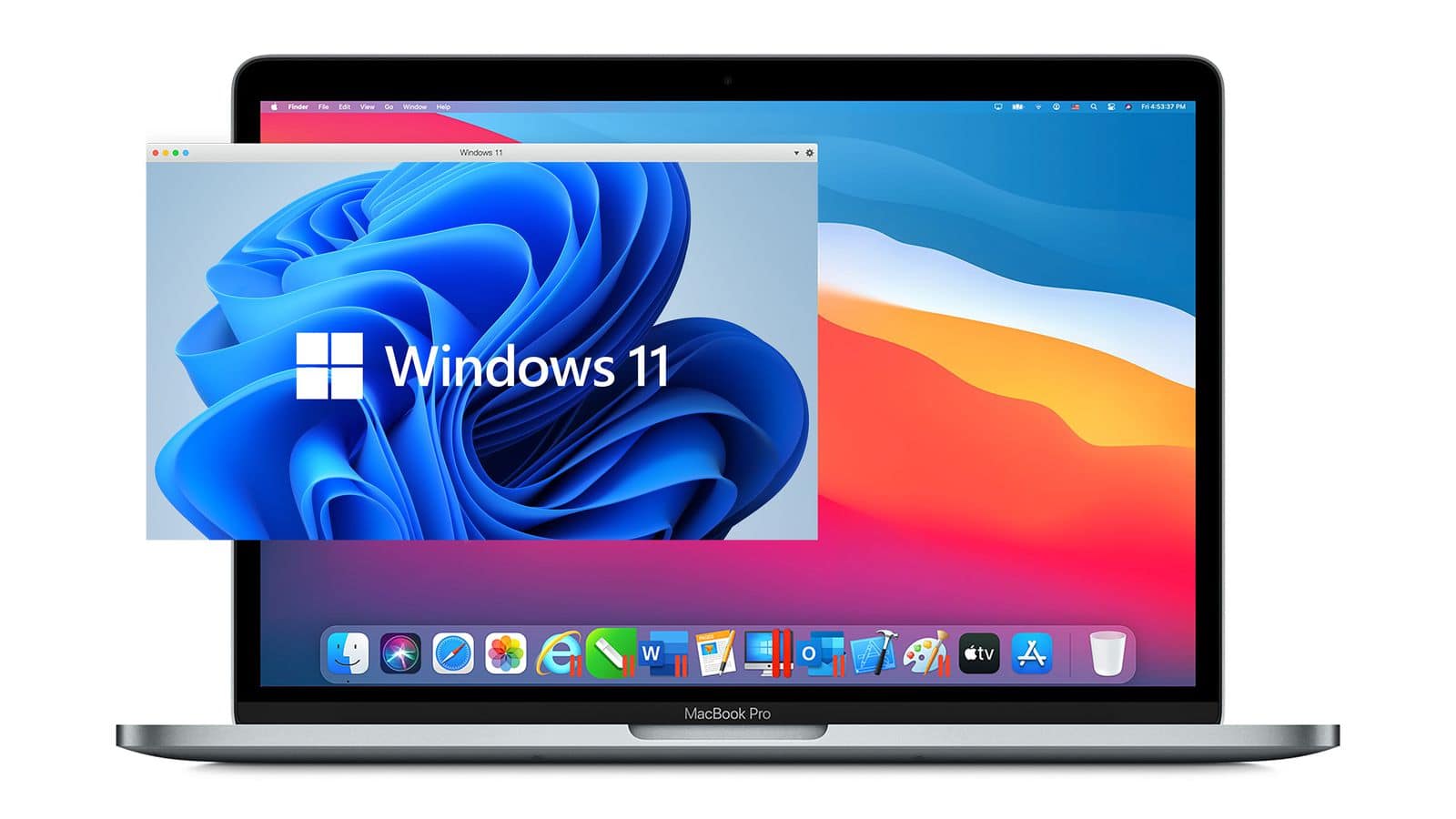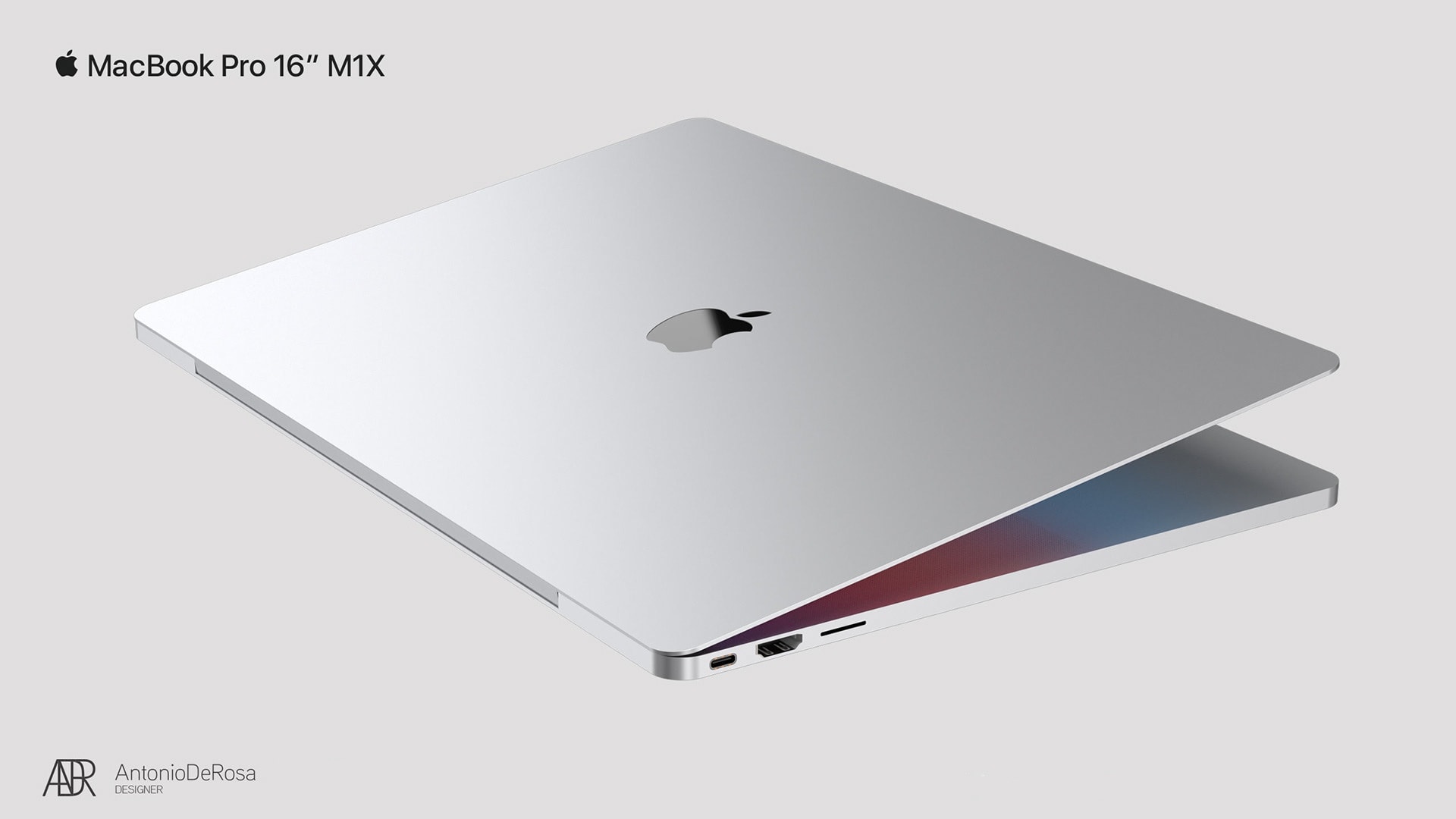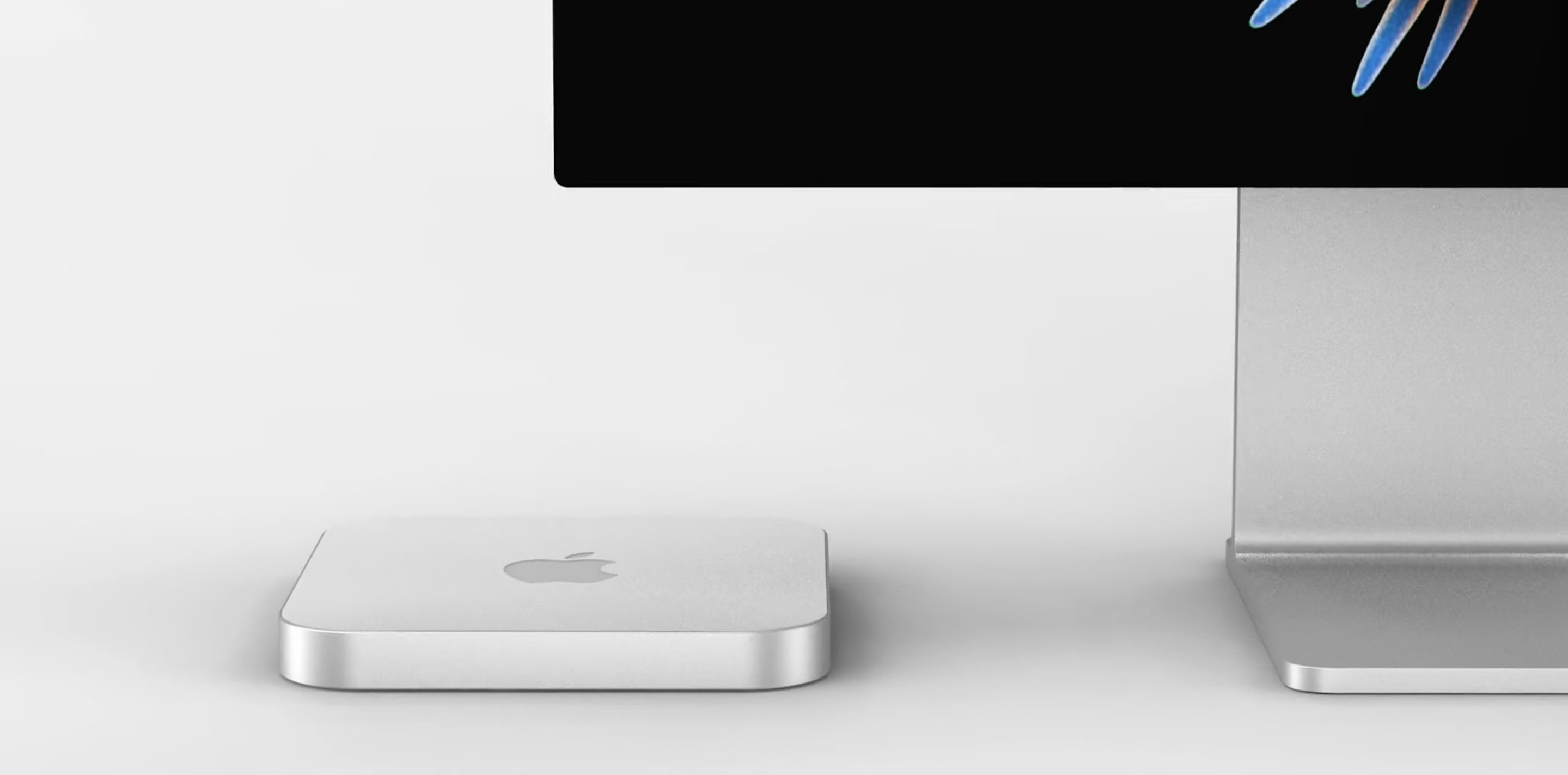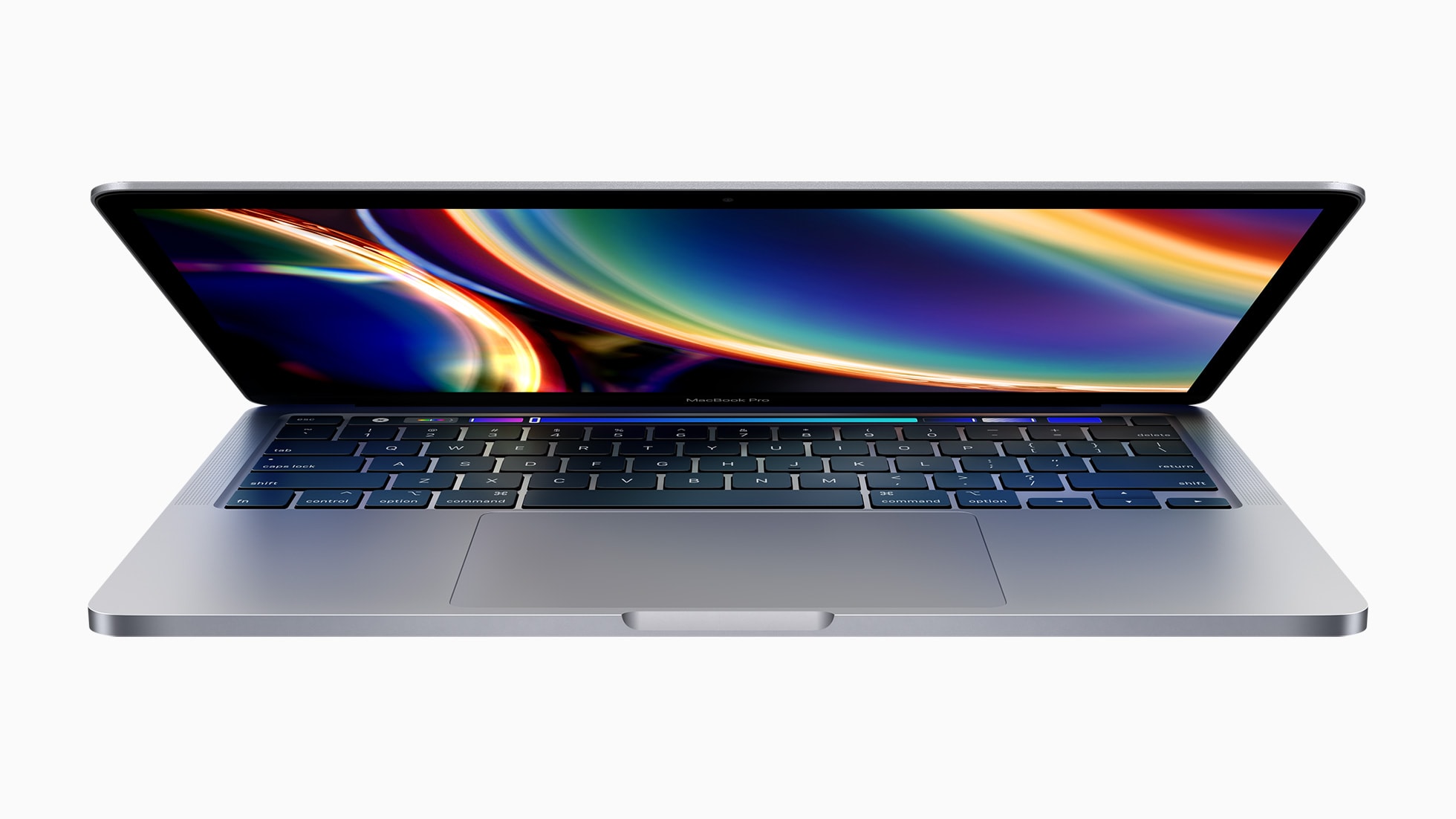Dropbox this week rolled out the first stable update that optimizes its app for Apple silicon chips. The version 143.4.4161 release should be significantly snappier and more efficient on M1, M1 Pro and M1 Max machines.
The update, which should also fix a kernel extensions issue that prevents Dropbox from working properly under macOS 12.3, comes hot on the heels of a similar release for Dropbox competitor Microsoft OneDrive.


